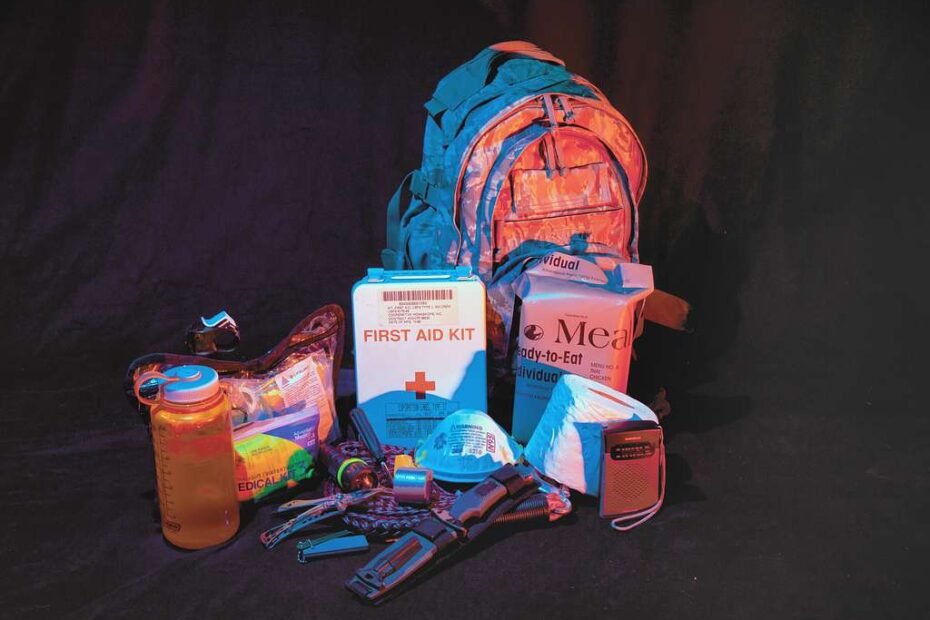Putting together a good emergency vehicle kit is vital for readiness in unforeseen circumstances. Here’s a guide to help you assemble one:
First Aid Essentials
Your kit should contain a wide variety of first aid supplies to address injuries effectively. This includes items like bandages, sterile gauze, antiseptic wipes, and tape. Additionally, include tools such as scissors and tweezers. Consider taking first aid courses for proper training in administering aid during emergencies.
Lighting Solutions
Make sure you have a variety of lighting options to ensure visibility in low-light conditions. Include handheld flashlights and headlamps. LED lights are best due to their energy efficiency. Check for features like adjustable brightness levels and waterproofing.
Power Backup
Extra rechargeable batteries and battery chargers to keep electronic devices powered during emergencies. Choose batteries compatible with the devices in your kit, such as flashlights, radios, or GPS units. Portable solar chargers can also be good for longer power outages.
Cutting Tools
Include both fixed-blade and folding knives in your kit for versatile cutting tasks. Look for knives with high-quality blades and ergonomic handles for durability and ease of use. Consider adding a multi-tool for additional functionality, such as pliers and screwdrivers.
Appropriate Clothing and Eyewear
Pack weather-appropriate clothing, including layers for warmth and protection from the elements. Ensure you have sturdy footwear suitable for walking long distances if needed. Don’t forget to include protective eyewear, such as safety glasses or sunglasses, to shield your eyes from debris and UV rays.
Observation Equipment
Consider adding binoculars to your kit for scouting and surveillance purposes. Choose compact and lightweight binoculars with a wide field of view and adjustable focus. Look for models with anti-glare coatings for improved clarity in bright conditions.
Storage Solutions
Select a durable backpack or storage container to organize and carry your emergency gear. Opt for compartments and pockets to keep items organized and easily accessible. Consider bags with MOLLE webbing for attaching additional pouches or accessories.
Emergency Documentation
Include copies of essential documents such as identification, insurance papers, and emergency contacts. Store these documents in a waterproof pouch or container to protect them from damage.
By putting together an emergency vehicle kit tailored to your needs, you can be more prepared in challenging situations on the road.

